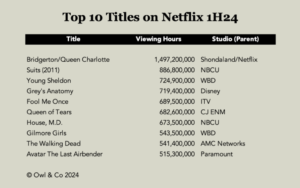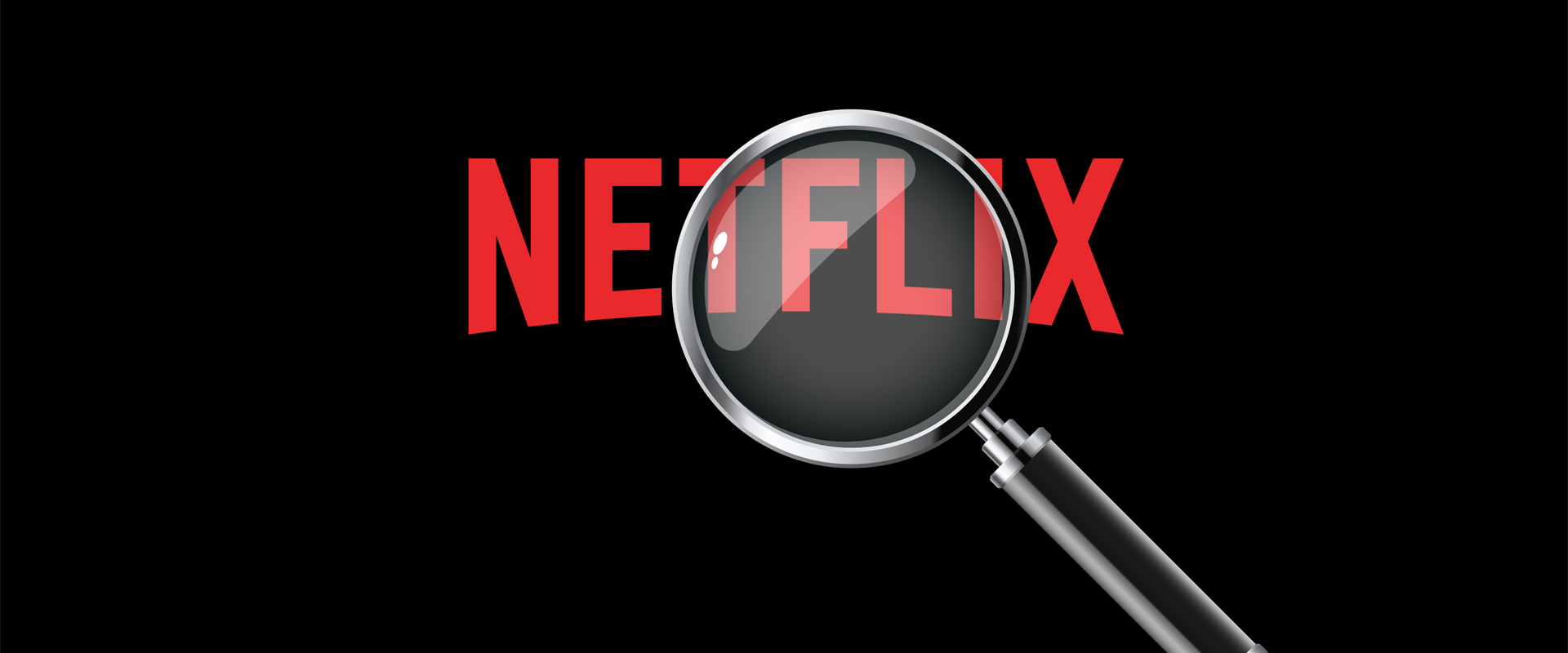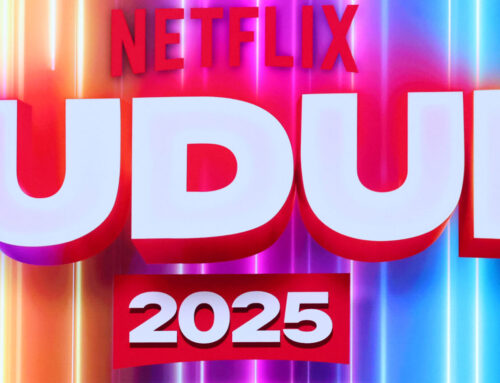Ted Sarandos and Netflix’s Shift to Data Transparency
Ted Sarandos, Netflix’s co-CEO, has undergone a notable shift in his stance on data transparency within the streaming industry. Previously, Netflix was known for its reluctance to disclose detailed viewership data, favoring a more opaque approach that kept its competitors and creative talent in the dark. However, Sarandos is now advocating for greater transparency, positioning Netflix’s biannual data releases and top 10 lists as the new standard for the industry.
At a recent Fast Company conference, Sarandos emphasized Netflix’s commitment to transparency and encouraged other streaming services to adopt similar practices. He declared that Netflix’s data-sharing practices couldn’t be more transparent, though critics argue that the company could still do more, such as releasing completion rates for shows or cumulative viewership data. Sarandos’s newfound advocacy for transparency coincides with Netflix’s current position of strength in the streaming wars. With over 280 million users worldwide and a significant recovery in its share price, Netflix is in a unique position to lead the industry in this direction. By pushing for greater data disclosure from competitors like Amazon, Apple, and Disney, Sarandos aims to frame the competition in a way that benefits Netflix.
Netflix’s recent data dump revealed 94 billion hours of content viewed in the first half of 2024, a slight increase from the previous year. This data, along with Netflix’s continued dominance in global viewership, reinforces Sarandos’s push for industry-wide transparency. The release highlighted the popularity of UK-based shows, with four out of the top 10 series originating from the UK, and the continued strong performance of licensed shows over Netflix originals. The distribution of viewing between TV series and films remained unchanged, with 73 percent allocated to shows and 27 percent to movies.

A closer look at Netflix’s data reveals interesting trends in the platform’s content consumption. For instance, the Owl & Co. chart, which aggregates total viewing hours for each show, shows that more than half of the most-watched content consists of licensed shows from other studios rather than Netflix originals. This indicates that despite Netflix’s massive investment in original content, much of its success continues to be driven by popular external titles like Suits, Young Sheldon, and Grey’s Anatomy.
Sarandos’s move towards transparency is also setting the stage for a shift in how streaming platforms compensate content creators. As Netflix and other platforms move away from guaranteed buyouts towards performance-based compensation, the availability of reliable, industry-wide data will become increasingly important. This shift is particularly relevant given that Netflix’s licensed content, which dominates the charts, demonstrates the significant value of external partnerships in driving viewership.
While some see this as a necessary evolution, others are cautious about the risks involved in performance-based deals. Nevertheless, Sarandos’s push for transparency is likely to have a significant impact on the future of the streaming industry, both in terms of competition and content creation. By focusing on transparency now, Netflix not only sets a precedent but also ensures that it continues to lead the conversation and set the standards in an increasingly competitive market.
Source: Puck.news
Share:
Ted Sarandos, Netflix’s co-CEO, has undergone a notable shift in his stance on data transparency within the streaming industry. Previously, Netflix was known for its reluctance to disclose detailed viewership data, favoring a more opaque approach that kept its competitors and creative talent in the dark. However, Sarandos is now advocating for greater transparency, positioning Netflix’s biannual data releases and top 10 lists as the new standard for the industry.
At a recent Fast Company conference, Sarandos emphasized Netflix’s commitment to transparency and encouraged other streaming services to adopt similar practices. He declared that Netflix’s data-sharing practices couldn’t be more transparent, though critics argue that the company could still do more, such as releasing completion rates for shows or cumulative viewership data. Sarandos’s newfound advocacy for transparency coincides with Netflix’s current position of strength in the streaming wars. With over 280 million users worldwide and a significant recovery in its share price, Netflix is in a unique position to lead the industry in this direction. By pushing for greater data disclosure from competitors like Amazon, Apple, and Disney, Sarandos aims to frame the competition in a way that benefits Netflix.
Netflix’s recent data dump revealed 94 billion hours of content viewed in the first half of 2024, a slight increase from the previous year. This data, along with Netflix’s continued dominance in global viewership, reinforces Sarandos’s push for industry-wide transparency. The release highlighted the popularity of UK-based shows, with four out of the top 10 series originating from the UK, and the continued strong performance of licensed shows over Netflix originals. The distribution of viewing between TV series and films remained unchanged, with 73 percent allocated to shows and 27 percent to movies.

A closer look at Netflix’s data reveals interesting trends in the platform’s content consumption. For instance, the Owl & Co. chart, which aggregates total viewing hours for each show, shows that more than half of the most-watched content consists of licensed shows from other studios rather than Netflix originals. This indicates that despite Netflix’s massive investment in original content, much of its success continues to be driven by popular external titles like Suits, Young Sheldon, and Grey’s Anatomy.
Sarandos’s move towards transparency is also setting the stage for a shift in how streaming platforms compensate content creators. As Netflix and other platforms move away from guaranteed buyouts towards performance-based compensation, the availability of reliable, industry-wide data will become increasingly important. This shift is particularly relevant given that Netflix’s licensed content, which dominates the charts, demonstrates the significant value of external partnerships in driving viewership.
While some see this as a necessary evolution, others are cautious about the risks involved in performance-based deals. Nevertheless, Sarandos’s push for transparency is likely to have a significant impact on the future of the streaming industry, both in terms of competition and content creation. By focusing on transparency now, Netflix not only sets a precedent but also ensures that it continues to lead the conversation and set the standards in an increasingly competitive market.
Source: Puck.news









